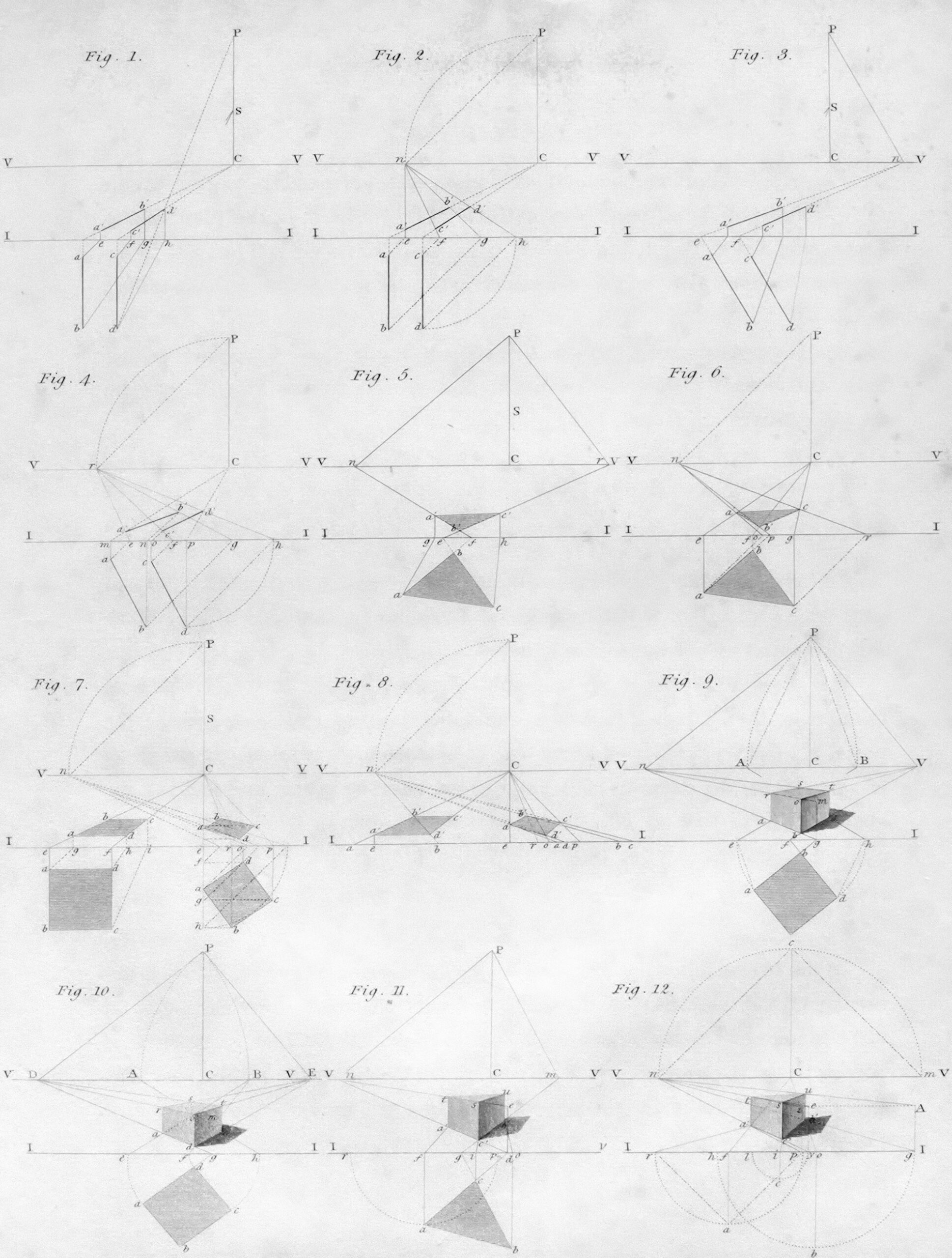Photo by June Wong
Stakeholders may not buy into “calm” on its own, but showing how it improves efficiency, increases loyalty, or reduces churn makes the business case much stronger.
Among designers, the concept of calm design—creating experiences that respect users’ attention, minimize distractions, and promote focus—resonates deeply. However, when it comes to stakeholder buy-in, the conversation becomes more complex.
The real challenge isn’t designing a distraction-free experience. It’s proving the value of calm design to decision-makers who rely on traditional KPIs. While calm isn’t as obvious as engagement metrics or time-on-site, it influences usability and retention in measurable ways.

Photo by The New York Public Library
How to Measure Calm in Digital Experiences
Although calmness is subjective, several user-centered metrics can help quantify its impact:
- User Feedback Metrics: Surveys, sentiment analysis, and self-reported calmness scales can assess how users feel after interacting with your product. Are they less stressed? More focused? Positive feedback on these fronts signals a successful calm UX strategy.
- Task Success and Efficiency: A calm interface enables users to complete tasks with fewer distractions. Tracking task completion rates, error reduction, and interaction smoothness can provide tangible evidence of how calm design improves efficiency.
- Cognitive Load Reduction: Attention management plays a crucial role in UX research. Tools like eye-tracking and usability tests can show how much cognitive effort users expend while navigating your product. When users describe an experience as “intuitive” or “seamless,” they’re often experiencing calm UX in action.
- Retention and Loyalty Metrics: While calm UX might not drive immediate engagement, it fosters trust and long-term user satisfaction. Metrics like retention rates, customer lifetime value (CLV), and reduced churn highlight the business value of designing for focus and well-being.
- Stress-Level Measurements: For wellness or mindfulness-focused products, consider biometric data (e.g., heart rate monitoring) or self-reported stress levels as indicators of how calm design reduces cognitive strain.
Turning Calm Design into a Business Case
To gain stakeholder buy-in, calm design must be framed in terms of ROI, efficiency, and user retention. It’s not just about aesthetics. It’s about creating digital experiences that reduce cognitive fatigue while enhancing engagement and loyalty.
While calm UX might not immediately grab attention like flashy UI elements, it builds trust, brand loyalty, and user satisfaction over time. And those are KPIs no business can afford to ignore.

Photo by Drew Beamer



